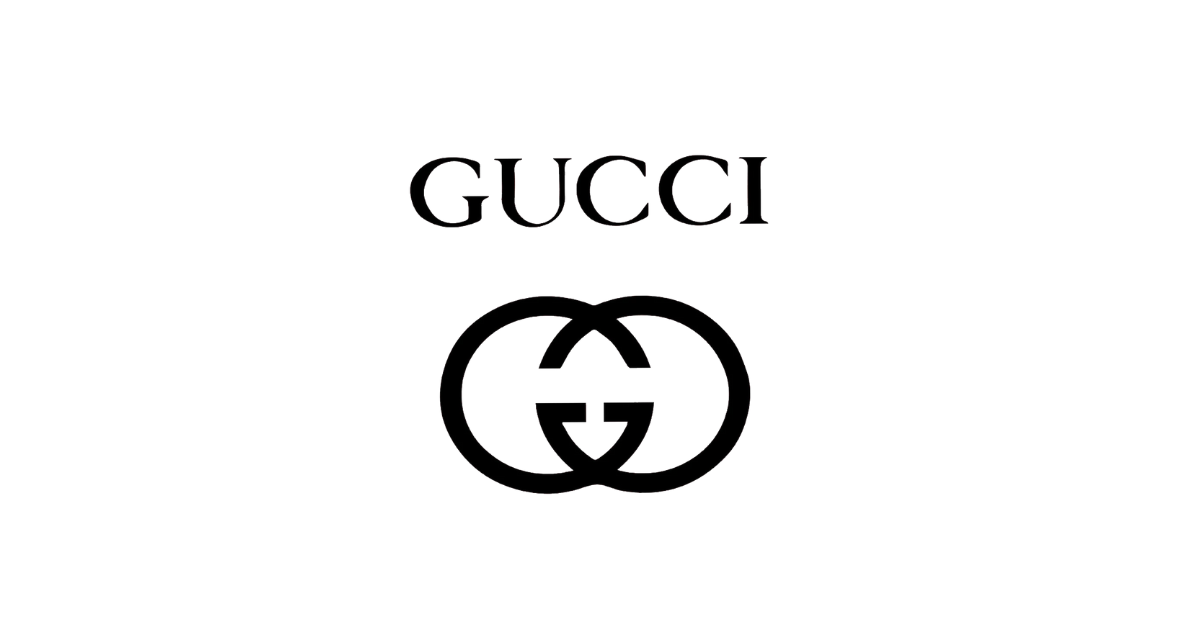Gucci is a world-renowned luxury fashion brand celebrated for its timeless elegance, craftsmanship, and innovation. Established in 1921 by Guccio Gucci in Florence, Italy, the brand started as a small leather goods workshop before expanding into a global empire. Known for its iconic designs, such as the GG logo, the Bamboo Bag, and the Horsebit Loafer, Gucci has consistently set trends in the fashion industry. Over the decades, the brand has embraced bold creativity and modernity, making it a favorite among celebrities and high-end fashion enthusiasts. Today, under the ownership of the Kering Group, Gucci continues to push boundaries with sustainability initiatives, digital innovation, and cutting-edge fashion collections, maintaining its status as a leader in luxury fashion.
Company Information
Company Name: Gucci
Founder Name: Guccio Gucci
Founded Year: 1921
Headquarters: Florence, Italy
Products:
- Luxury handbags
- Footwear
- Ready-to-wear clothing
- Accessories (belts, wallets, sunglasses, jewelry, etc.)
- Fragrances
- Watches
- Home décor
Services:
- Personalized luxury shopping experience
- Customization of luxury goods
- Fashion consultancy
- E-commerce platform
- Exclusive collaborations with celebrities and designers
Competitors:
- Louis Vuitton
- Prada
- Chanel
- Hermès
- Versace
- Burberry
- Balenciaga
- Dolce & Gabbana
- Yves Saint Laurent (YSL)
- Fendi
Company History & Growth
1. Humble Beginnings (1921–1940s)
Guccio Gucci founded the brand in 1921 in Florence, Italy, as a small leather goods and luggage store. His inspiration came from working at the Savoy Hotel in London, where he observed the refined tastes of wealthy travelers.
2. Expansion & Iconic Designs (1950s–1970s)
- In the 1950s, Gucci introduced the Bamboo Bag, an innovative and now-iconic product.
- The company expanded internationally, opening stores in New York, Paris, London, and Tokyo.
- The double-G logo was introduced, solidifying Gucci’s brand identity.
- The Flora scarf, designed for Princess Grace of Monaco, became a symbol of luxury.
3. Turmoil & Recovery (1980s–1990s)
- The 1980s saw internal family disputes that weakened the brand.
- In 1993, Investcorp acquired Gucci, ending family control.
- Tom Ford was appointed Creative Director in 1994, revitalizing the brand with bold and glamorous designs.
4. Reinventing Luxury (2000s–2010s)
- Gucci became part of the Kering Group (formerly PPR) in 2004.
- Frida Giannini took over in 2006, emphasizing a modern yet classic approach.
- Alessandro Michele took over as Creative Director in 2015, introducing a more eclectic, gender-fluid style that attracted younger consumers.
5. Digital Transformation & Sustainability (2020s–Present)
- Gucci invested in digital fashion, launching AR-powered virtual try-ons and NFTs.
- The company pledged carbon neutrality and emphasized sustainability.
- Continued innovation in metaverse collaborations and digital luxury experiences.
Challenges & Lessons
- Family Conflicts: Mismanagement nearly led to the brand’s downfall, showing the importance of professional leadership in business growth.
- Market Competition: Staying ahead in the luxury industry requires constant reinvention and innovation.
- Counterfeiting Issues: Gucci had to combat counterfeit goods to protect brand value.
- Adapting to Digital Trends: The shift to e-commerce and digital marketing was essential for engaging modern consumers.
Innovations
- Bamboo Bag (1947): Revolutionized handbag design.
- Double-G Logo (1960s): Became a global symbol of luxury.
- Gender-Fluid Fashion (2015-Present): Breaking traditional gender norms in fashion.
- AR & Virtual Try-ons: Enhancing online shopping experiences.
- Sustainability Initiatives: Committing to carbon neutrality and ethical sourcing.
Achievements or Milestones
- First store in New York (1953)
- Launch of the GG logo (1960s)
- Introduction of luxury ready-to-wear clothing (1981)
- Tom Ford’s revitalization (1994–2004)
- Acquisition by Kering Group (2004)
- Alessandro Michele’s groundbreaking designs (2015)
- Achieving carbon neutrality (2020)
- Expansion into digital fashion and NFTs (2022-Present)
Recognitions & Awards
- Council of Fashion Designers of America (CFDA) Award (Tom Ford, 1995)
- British Fashion Awards – Brand of the Year (2018)
- Lyst’s Most Popular Fashion Brand (2017, 2018, 2020)
- Sustainability Leadership Awards (2021)
- Time 100 Most Influential Companies (2021)
Recap of the Company’s Success Story and Achievements
Gucci’s journey from a small leather workshop in Florence to a global fashion powerhouse is a tale of innovation, resilience, and transformation. Founded by Guccio Gucci in 1921, the brand quickly gained recognition for its high-quality craftsmanship. Over the decades, Gucci has continuously reinvented itself—whether through Tom Ford’s provocative designs, Frida Giannini’s modern classics, or Alessandro Michele’s eclectic, boundary-pushing styles. The brand has overcome family feuds, economic downturns, and counterfeiting issues to emerge stronger each time. Today, Gucci stands at the forefront of fashion and digital innovation, embracing sustainability, technology, and inclusivity. With numerous awards and an ever-expanding global influence, Gucci’s legacy remains one of luxury, creativity, and forward-thinking fashion.
What Entrepreneurs Can Learn from This Company’s Success Story
- Brand Reinvention is Key: Gucci has survived for over a century by adapting to trends and reinventing itself, proving that businesses must evolve to stay relevant.
- Strong Leadership Matters: From Tom Ford to Alessandro Michele, visionary leaders played a crucial role in reviving and expanding the brand.
- Quality and Craftsmanship Win: Gucci’s dedication to high-quality materials and craftsmanship has set it apart from competitors.
- Embrace Digital Transformation: The brand’s investments in online retail, AR try-ons, and NFTs show how embracing technology can drive growth.
- Sustainability is the Future: Gucci’s commitment to carbon neutrality and eco-friendly fashion highlights the importance of ethical business practices.
- Heritage and Innovation Can Coexist: Gucci respects its history while pushing fashion boundaries, proving that tradition and modernity can go hand in hand.
For entrepreneurs, Gucci’s story is a testament to the power of resilience, innovation, and staying ahead of market trends. Whether in fashion or any industry, businesses that prioritize adaptability, quality, and strategic leadership will thrive in the long run.



